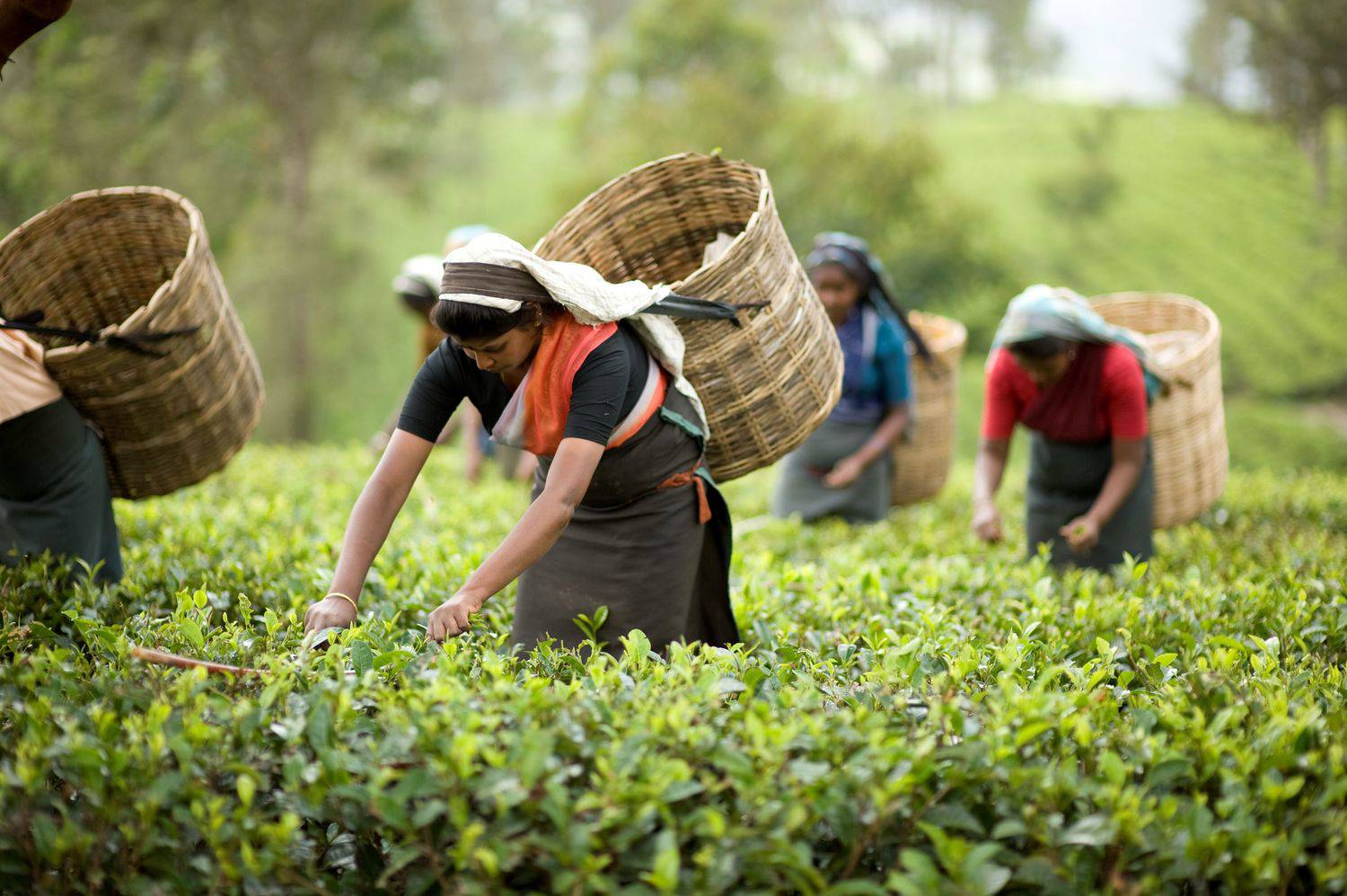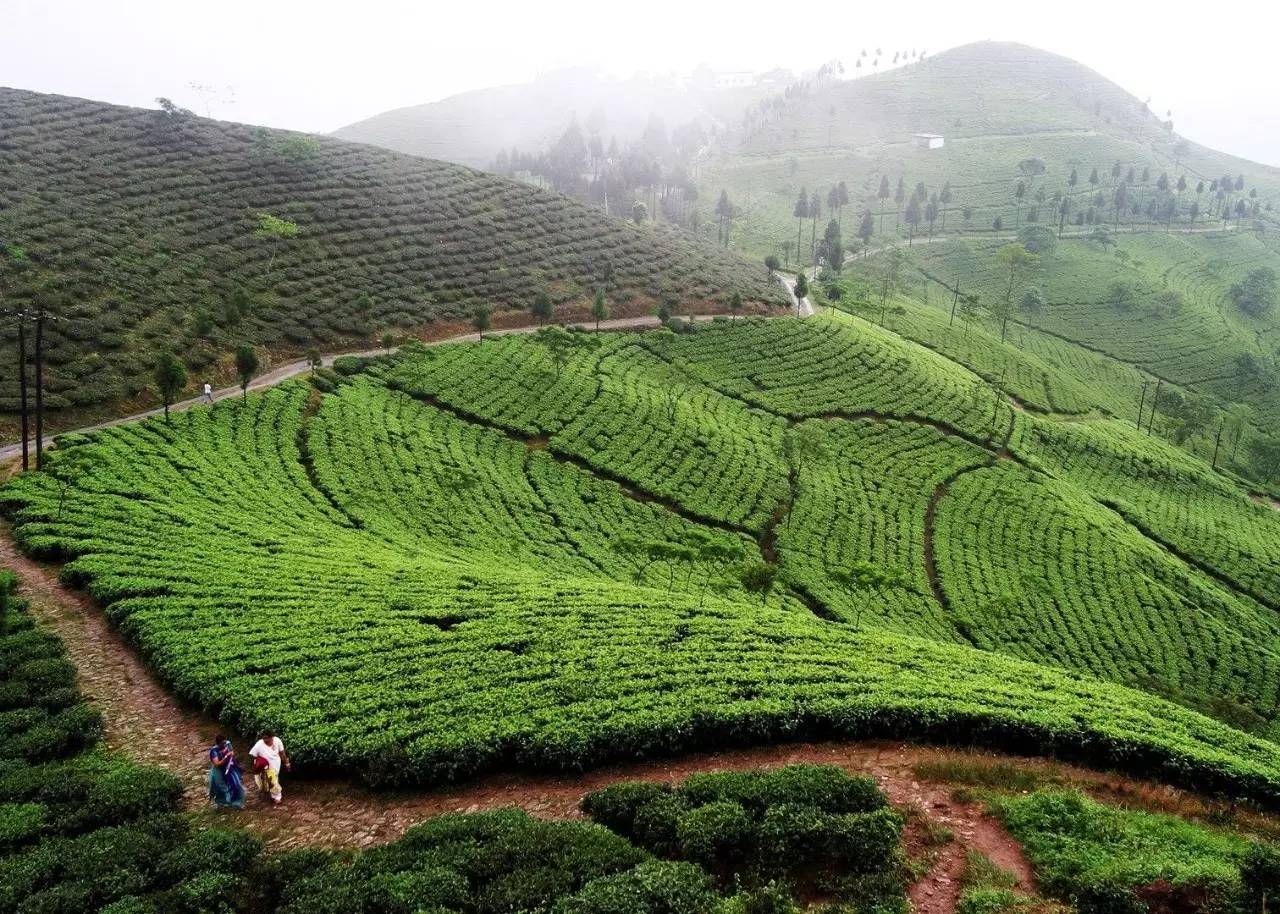What is the difference between Nepal black tea and Darjeeling black tea? What are the taste characteristics of Nepalese black tea?
In 1848, the British East India Company (British East India Company) gave botanist Robert Robert Fortune a task: disobeying the emperor's strict orders, he smuggled live tea trees out of China and planted them in the Himalayan foothills of West Bengal to promote the new tea industry under British control. The robbery went on for years. These plants struggle to grow in Indian soil at 6000 feet above sea level. But by the end of the 19th century, Darjeeling plantations produced some of the world's greatest teas: vibrant brewing teas embody the fruits and flowers of a meadow, and the fresh air contrasts sharply with India's sturdy lowland tea. Darjeeling soon won the nickname "champagne in tea", and its reputation rose with the British colonial retreat. But today, Darjeeling is suffering. A century and a half of rigid plantation agriculture has caused damage to the soil. It is expensive to switch to organic farming in order to meet the needs of consumers. Once a prestigious profession for Indians who grew up under a colonial system, the skilled job of supervising property production is losing its appeal, with decades of disputes with trade unions leading to a sharp drop in production during strikes. A few hours later, however, Nepal's tea community was in the infancy of a loose-leaf revolution. Growers are planting tea trees on steep, high-altitude land that gives Darjeeling an unparalleled reputation. Free from the Darjeeling colonial era, entrepreneurial farmers and factory owners are developing their own unique style of tea at very low prices. there are usually younger, more dynamic tea trees growing in relatively fertile soil. You won't find Nepalese tea at your local Starbucks, but their specialty boutiques and online stores in North America and Europe are becoming increasingly popular, eager to snap up rare tea from emerging areas. "Nepal and Jilin are very close, but one feature of Nepalese tea is that it is excellent in itself," said Jeni Dodd Dode, a 48-year-old American buyer and tea shop and coffee shop consultant. She rents an apartment in Kathmandu, Nepal and often comes here. "there is no bite or astringency at all. They are mellow, but smooth and easy to eat. "

According to legend, as early as 1863, the Chinese emperor Daoguang gave tea trees as a gift to the then Nepalese Prime Minister Wanga Bahadur Lana; records show that production began in the eastern Elam region of the country near the Indian border shortly after the Darjeeling plantation was established. Historically, most Nepalese tea has been processed into cheap broken-leaf black tea grades for domestic consumption and exported to the Indian commodity market. High-quality whole-leaf "orthodox" tea is usually sold to Indian businessmen, who then call it Darjeeling Tea. (today, Darjeeling sells about four times the highest output of tea in the region's 87 protected areas of origin.) When the Bachan and Lochan Gyawali brothers founded Jun Chiyabari Estate in Nepal's Dhankuta region in 2000, the last thing they wanted to do was to imitate Darjeeling gardens 150 miles away. "Nepal has always been classified as a poor relative of Darjeeling," said Bachang, 57. "when we talked to tea buyers, it was clear that they had no reason to buy similar tea from Nepal, because Darjeeling will always be Darjeeling." Tradition and market demand standardize Darjeeling's production, forming a special style called "Chong Hua": the leaves picked in early spring are processed into the first flush of pine, while the mature leaves picked in late spring are processed for the second time with rich fragrance. Tea house of Jun Chiyabari is similar to the first wave of popularity, showing off all the alpine air and lively flowers that make Darjeeling Tea so famous, but the real feature of the estate is small products influenced by East Asian tea regions such as China and Taiwan. Under the guidance of the Jawali, Jun Chiyabari tea merchants are encouraged to experiment and produce unique Himalayan organic tea, which is then sold directly to wholesale buyers. Nepalese tea is officially banned from the Indian auction market.) As a result, season after season of intoxicating black, white and oolong tea tastes evolve over a dozen brews and last for hours after your last sip.
Important Notice :
前街咖啡 FrontStreet Coffee has moved to new addredd:
FrontStreet Coffee Address: 315,Donghua East Road,GuangZhou
Tel:020 38364473
- Prev

Monthly consumption of more than 2000 yuan! How much money do contemporary young people spend on coffee?
A # how much a young man can drink coffee # went viral on Weibo, and the top Weibo told the story around him: a new female colleague in the company drank coffee as water, drinking at least four or five cups of coffee a day. At most, I drank eight cups of coffee because I had to work overtime. According to the colleague, he only drinks coffee for a month.
- Next

Starbucks Nepal black tea taste characteristics Nepal black tea flavor what advantages? Is Nepal black tea delicious?
Manor in Darjeeling has tried white tea in recent years, but the style has become a hallmark of Nepal innovation. Nepal Tea Traders is a Massachusetts tea importer specializing in Nepal specialty tea, whose spring white buds produce a white and white
Related
- Is espresso stored overnight in the refrigerator harmful to your body? Is frozen coffee better than freshly ground coffee?
- What parameters and proportions of water temperature should be used to grind and brew fresh coffee beans? Why can't I drink freshly roasted coffee right away?
- Customers have "changed" Manner's new products! Shop assistant: Please don't mess around!
- Remove sockets in customer areas at Starbucks stores?! Netizen: I won't go if I really tear it down
- What is the difference between the taste steps of sun-dried coffee and washed coffee? Why is sun-cured coffee sweeter and washed coffee sour?
- The recipe for salty grapefruit dirty is revealed! Coffee Festival salty grapefruit dirty coffee making materials parameters ratio milk share!
- How about the flavor of Sunlight 74158 at Sidamo Banshaha Mathieu Processing Factory in Ethiopia? 74158 Share the proportion of coffee brewing parameters!
- What effect does Italian American coffee with filter paper have? Will coffee taste better if it is put on filter paper at the bottom of the powder bowl?
- What is the color difference in coffee beans? What are the characteristics of honey processed coffee beans? Why are the anaerobically treated coffee beans uneven in color?
- How does novice Xiaobai quickly get started and make coffee? Newbies learn to make coffee by hand and share the specific steps and process process!

